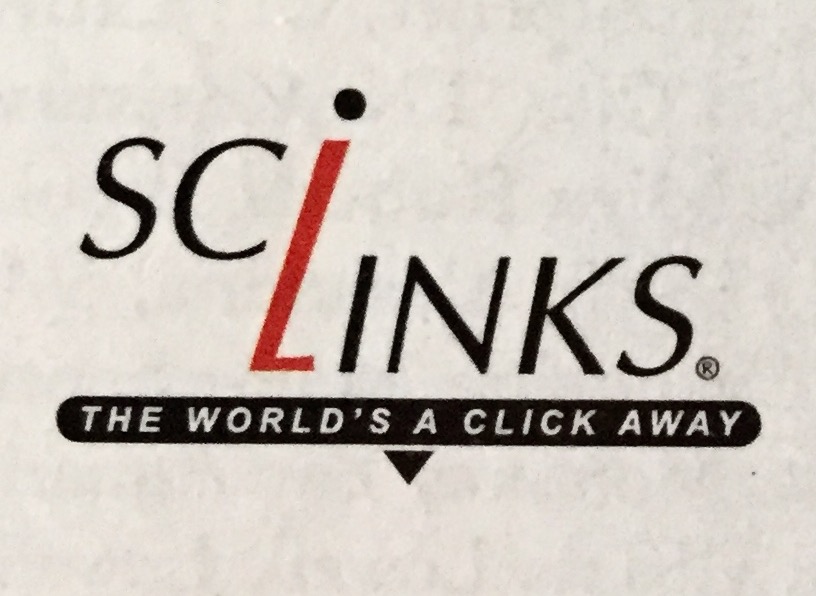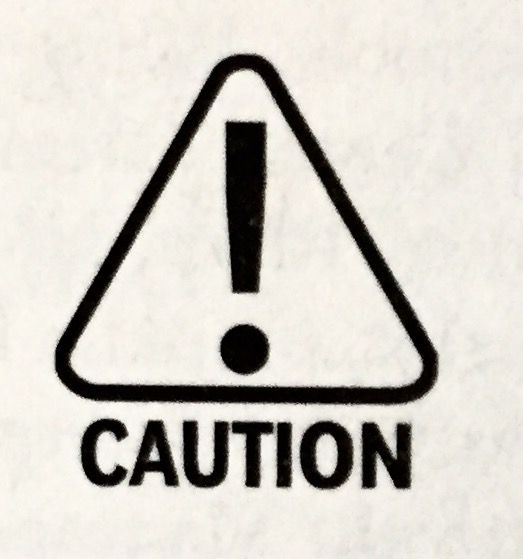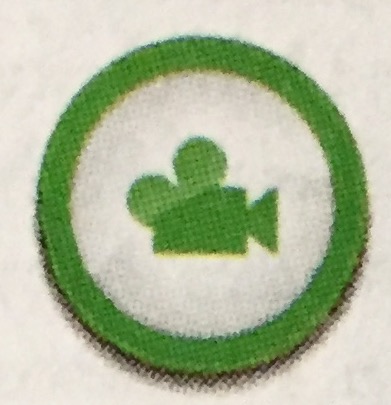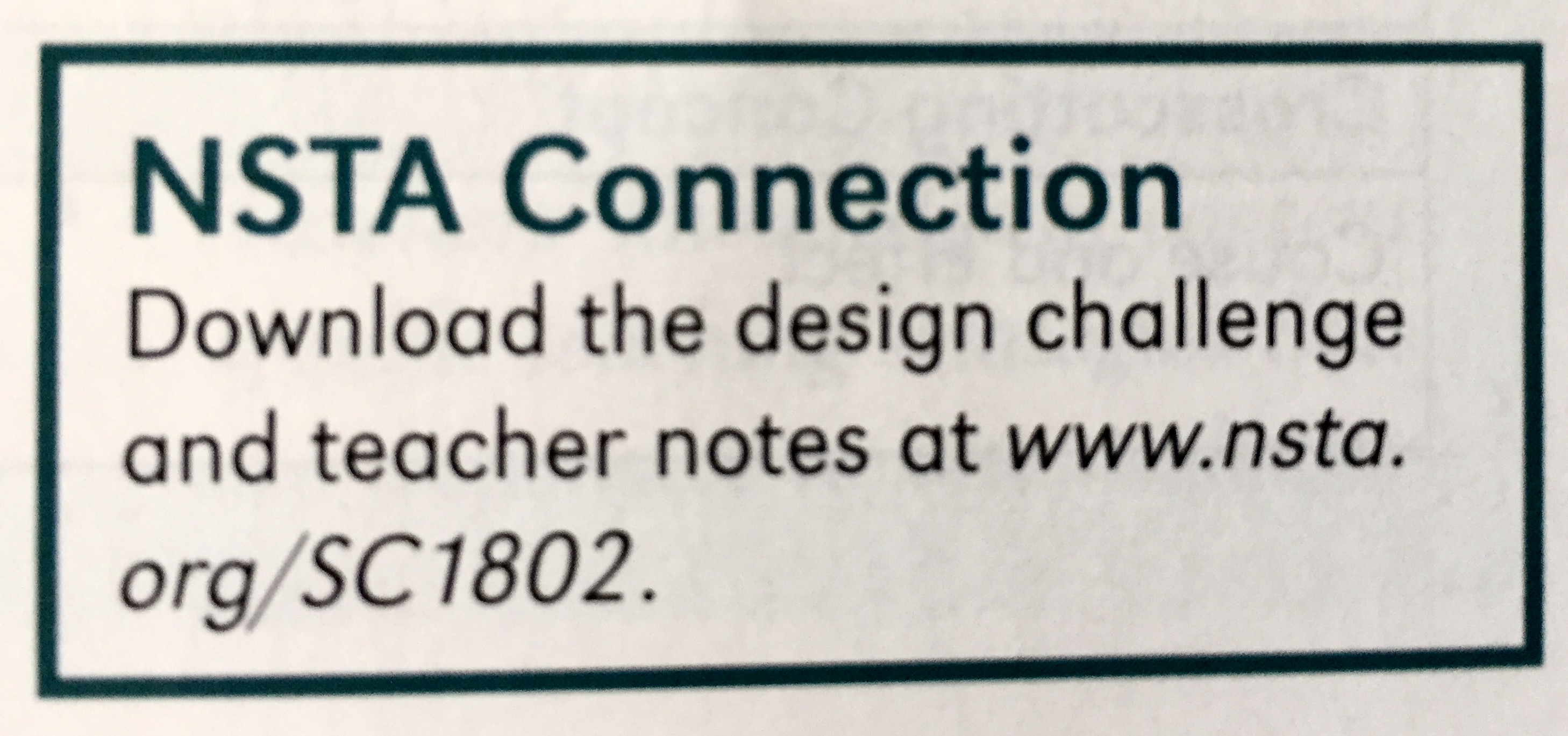Using Science and Children: Appreciating editors’ notes
By Peggy Ashbrook
Posted on 2018-02-28
A colleague mentioned that he has a few recent issues of Science and Children to catch up on. Reading an issue of the journal doesn’t have to be front to back. Like preschoolers making a play plan, educators can make a reading plan so a journal can be useful instead of filling up a “to-do” list. As a peer-reviewed journal for teachers, we can count on Science and Children to publish articles sharing effective strategies and workable lesson plans aligned with the Next Generation Science Standards. One colleague likes to tear out the pages that interest her to file for future use as a way to reduce her storage needs. I hold on to the entire issues because it makes it easier to read at the breakfast table, I loan them to colleagues, and I return to the whole issue when I’m revisiting a topic.
 The table of contents states the issue topic (for February, Heredity: Inheritance and variation of traits) and lists each article and Teacher Resource by page number and a brief description. Articles that relate to the issue’s focus are marked with a colored dot. If you are looking for articles about a particular grade level, labels for grades K-3, and grades 3-5, identify the content grade level. Teacher Resources include regularly appearing and occasional columns—the Early Years, the Early Childhood Resources Review, Formative Assessment Probes, Teaching Through Trade Books, The Poetry of Science, Science 101 and 102, Engineering Encounters, Teaching Teachers, Methods and Strategies, Outstanding Science Trade Books for Students K-12, and NSTA Recommends. In every issue: the Editor’s Note. I always read this note because it sets me up with a perspective to ponder as I read the journal, or the parts of the journal I have time for.
The table of contents states the issue topic (for February, Heredity: Inheritance and variation of traits) and lists each article and Teacher Resource by page number and a brief description. Articles that relate to the issue’s focus are marked with a colored dot. If you are looking for articles about a particular grade level, labels for grades K-3, and grades 3-5, identify the content grade level. Teacher Resources include regularly appearing and occasional columns—the Early Years, the Early Childhood Resources Review, Formative Assessment Probes, Teaching Through Trade Books, The Poetry of Science, Science 101 and 102, Engineering Encounters, Teaching Teachers, Methods and Strategies, Outstanding Science Trade Books for Students K-12, and NSTA Recommends. In every issue: the Editor’s Note. I always read this note because it sets me up with a perspective to ponder as I read the journal, or the parts of the journal I have time for.
 Consider this quote from the January 2018 Editor’s Note: Removing Barriers, from Science and Children’s Field Editor, Linda Froschauer: “Science is for ALL. Not just students who are highly capable physically and mentally. Meeting the needs of the entire population is what we do. Remove as many barriers as possible, make learning accessible, and support students as they find their strengths to build on.”
Consider this quote from the January 2018 Editor’s Note: Removing Barriers, from Science and Children’s Field Editor, Linda Froschauer: “Science is for ALL. Not just students who are highly capable physically and mentally. Meeting the needs of the entire population is what we do. Remove as many barriers as possible, make learning accessible, and support students as they find their strengths to build on.”
I appreciate the way the NSTA journal editors, writers, and staff make Science and Children accessible and expand the learning through links to online content. Look for the sciLINKs icon in each issue for web links to accurate, age-appropriate content and pedagogy, the caution symbol, and the vintage film camera icon indicating video in the digital edition of the journal, and a “NSTA Connection” box at the end of some pieces indicating additional information available online.
Look for the “Call for Papers” in the print journal or online and consider sharing your teaching practice with others!
Disclaimer: The views expressed in this blog post are those of the author(s) and do not necessarily reflect the official position of the National Science Teaching Association (NSTA).






